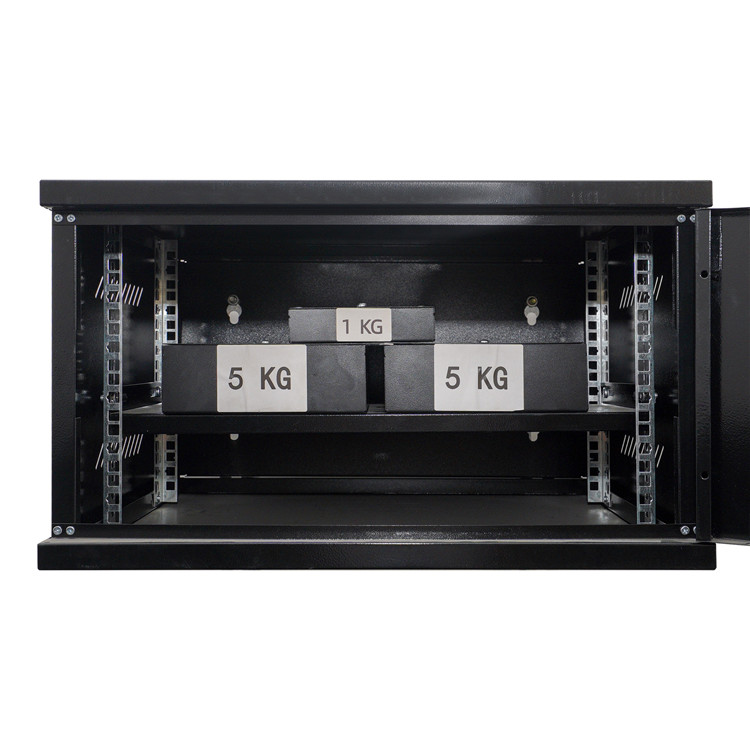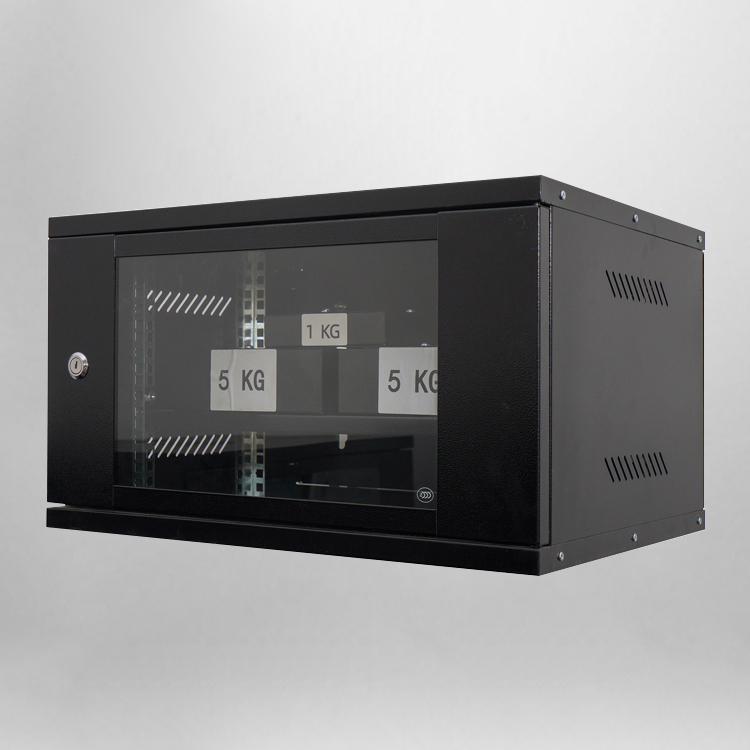
Rack Mount Network Cabinets serve as the backbone of organized, reliable network systems, housing critical equipment like routers, switches, and servers across residential, commercial, and industrial settings. Unlike basic open racks, these enclosed units go beyond mere storage—they address unique environmental challenges and safety risks that can disrupt network performance. Understanding their adaptability to different conditions and safety features is key to building a durable network infrastructure.
A standout feature of Rack Mount Network Cabinets is their environmental adaptability. In harsh settings like manufacturing facilities or outdoor utility rooms, cabinets with IP (Ingress Protection) ratings prevent dust, water, and debris from damaging internal equipment. For example, an IP54-rated cabinet blocks dust accumulation and splashing water—ideal for warehouses where humidity or occasional spills are common. In contrast, cabinets for data centers may prioritize airflow over dust resistance, with perforated doors and adjustable fan units that maintain consistent temperatures. This flexibility means there’s a cabinet design for nearly every environment, from climate-controlled offices to exposed industrial zones.
When setting up a Rack Mount Network Cabinet, avoiding installation misconception is crucial to long-term performance. One common mistake is neglecting weight distribution: placing heavy equipment (like servers) at the top of the cabinet can make it unstable, increasing the risk of tipping. The correct approach is to mount heavier devices lower down, using the cabinet’s reinforced bottom rails for support. Another error is ignoring cable strain: pulling cables too tight when routing them through the cabinet can damage connectors or disrupt signal flow. Using cable management accessories—such as slack loops or flexible cable trays—prevents strain while keeping wires organized.
Planning for future expansion is another essential consideration when choosing a Rack Mount Network Cabinet. Many users select a cabinet based solely on their current equipment needs, only to outgrow it within a year. To avoid this, it’s wise to choose a cabinet with 20–30% extra vertical space (measured in rack units, or U) and additional mounting points for future devices. For example, a small business with 8U of current equipment might opt for a 12U cabinet, leaving room for a new switch or backup server. Additionally, cabinets with removable side panels or adjustable mounting rails make it easier to add or reconfigure equipment later, reducing downtime during upgrades.

Safety is integrated into the design of quality Rack Mount Network Cabinets, with features that protect both equipment and users. Electrical safety is a top priority: cabinets with grounded metal frames prevent electrostatic discharge (ESD), which can damage sensitive electronics like network cards. Some models also include cable management bars that separate power cables from data cables, reducing the risk of electromagnetic interference (EMI) that can slow network speeds. For physical security, lockable front and rear doors deter unauthorized access—critical for cabinets holding equipment with confidential data, such as customer databases or internal company files.
In summary, Rack Mount Network Cabinets offer unmatched adaptability to diverse environments, while their safety features and expansion-friendly design ensure long-term network reliability. By considering environmental needs, avoiding installation mistakes, planning for growth, and leveraging built-in safety tools, users can create a network setup that remains efficient and secure for years. Whether for a home office or a large industrial facility, the right Rack Mount Network Cabinet is a foundational investment in network performance.


